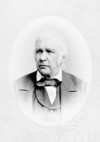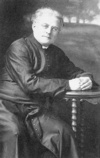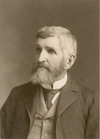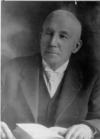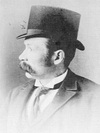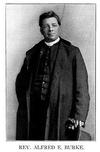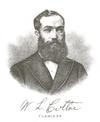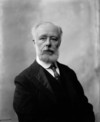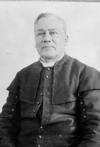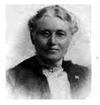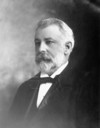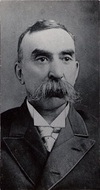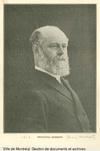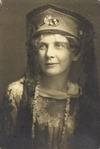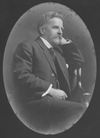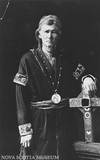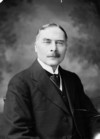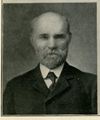, P.E.I.
Pierre-Paul Arsenault was one of the prime movers of the Acadian community in Prince Edward Island early in the 20th century. One of
Andrews, N.B., he identified diatoms of the Bay of Fundy, the coast of Prince Edward Island, and other parts of the east coast. His expertise became so widely recognized that he received specimens from the
.
John H. Bell’s father emigrated from Scotland in 1820 and began farming in the Cape Traverse area of Prince Edward Island. John attended local schools, Prince of Wales College in Charlottetown, and
,” characteristics that made him difficult to work with and an implacable enemy. Nevertheless, he contributed much to Acadian life on Prince Edward Island and is one of the most important figures of its “renaissance
organized the Alberton agricultural exhibition in 1892, was a charter member (1898) and president (1903-7) of the Fruit Growers’ Association of Prince Edward Island, was a member of dairy and stockbreeders
Carvell*. Two years later he bought the paper and in 1877 he turned it into a daily, the first in Prince Edward Island. The move was a bold one, but a
–73; Saint John, 1885–87), and Prince Edward Island (Tryon, 1873
Merchants’ Bank of Prince Edward Island and of the Charlottetown Club, and in 1898 he was appointed an honorary lieutenant-colonel of the 4th (Prince Edward Island) Garrison Artillery Regiment
Philadelphia. In 1895 he proposed that “a tunnel for electric vehicles” be built between New Brunswick and Prince Edward Island. A self-educated man, Doucet also gave a number of lectures as an amateur
* was already labouring, and Siam. There were difficulties with the southeast Asian location, however, and at the 1875 meeting of the Baptist Convention of Nova Scotia, New Brunswick and Prince Edward
secession. While his preference was for Maritime union, in the absence of strong support in New Brunswick and Prince Edward Island, Nova Scotia was prepared to proceed alone. The electorate’s response
illness was responsible for this situation. After the death of this pioneer among Acadian businessmen in Prince Edward Island, his lovely home in Rustico, his farm, and his business were sold. Fortunately
remained until the college burnt down in January 1899. That year he received a full-time contract from the archives to copy registers in the Acadian parishes of Prince Edward Island and New Brunswick
Catholic World (New York) and the Prince Edward Island Magazine (Charlottetown), she drew on her experiences amongst the natives, whom she presented in a sympathetic light. As the contributor
Charlottetown.
Stephen Jenkins came from a notable Prince Edward Island family
Scotia and Prince Edward Island.
While living in Halifax, he initiated the two greatest contributions of his life, both in the preservation
Canada, would stay here with his family in 1912 and the Lougheeds held a huge garden party for the Prince of Wales in 1919. And it was at Beaulieu that Belle Lougheed, Calgary’s principal hostess, raised
been born in Scotland and his mother was a descendant of settlers who had come to Prince Edward Island in 1803 with the Earl of Selkirk
Lovely Nelly bound for St John’s (Prince Edward) Island. The following year the




